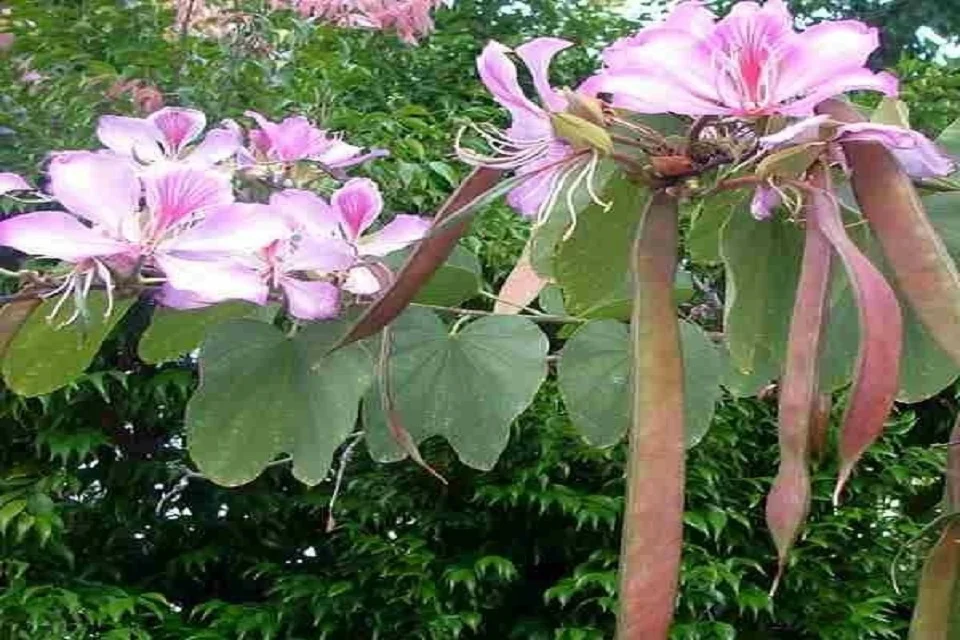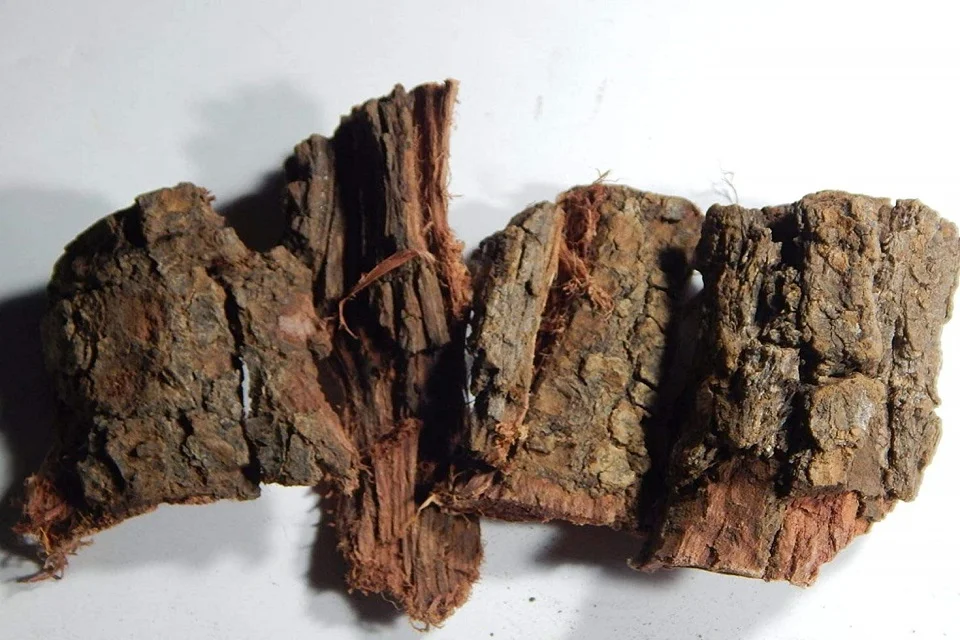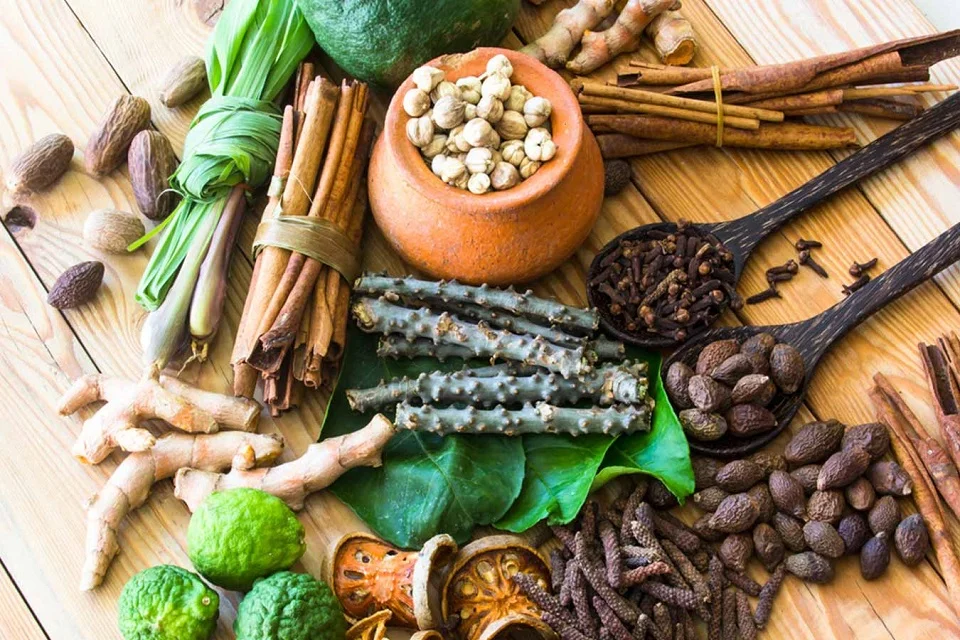Kanchnar benefits, dosage, side effects, and how to use?
What is Kanchnar? Kanchnar, scientifically known as Bauhinia variegata, holds a prominent place in Ayurveda, seamlessly blending traditional wisdom with botanical …

What is Kanchnar?
Kanchnar, scientifically known as Bauhinia variegata, holds a prominent place in Ayurveda, seamlessly blending traditional wisdom with botanical excellence. Originating from the Indian subcontinent, this revered herb has garnered attention for its multifaceted health benefits. In Ayurveda, Kanchnar is praised for its role in supporting thyroid health, aiding in detoxification, Anti-cancer, Medohar and exhibiting anti-inflammatory properties. As the interest in Ayurvedic remedies surges globally, exploring the holistic potential of Kanchnar becomes imperative. This article will delve into the historical significance, medicinal properties, and contemporary relevance of Kanchnar, offering a comprehensive understanding of its Ayurvedic importance
Kanchnar in Ayurveda
Kovidara is the original name of Kanchanara during the Vedic and Samhita period. Its stem is considered forbidden for rituals. Acharya Charak considered it as Vamanopaga while Acharya Sushruta described it as Vamaka. Acharya Sushruta mentioned the root as a useful part (Su.Su.39/3). It is mainly known for its action on lymphedentitis hence it is known as Gandari.
What is Morphology of Bauhinia variegata

Latin name– Bauhinia variegata
Bauhinia variegate is medium sized tree erect and deciduous. Bauhinia variegate bark is grey with longitudinal cracts, light pink inside. It has a grayish-brown color wiid. Its leaves are unifoliolate, two-lobed, rigidly subcoriaceous, and deeply cordate. Its flowers are various coloured. Fruits are pod, flat, hard long, curved, compressed, and dehiscent. It is distributed in the sub-Himalayan tract from the Indus eastwards, also in the forests of central, eastern, and southern India.
Type of Kanchnar
Acharya Bhavmishra described two varieties,
- Kovidara
- Karbudara
Nighantu ratnakara described three varieties,
- Pitta
- Rakta
- Shveta
Synonyms of Kanchnara
Gandari, Chamarik, Yugmpatrik, Kovidar, Karbudar, Svalpkesri, Sonapushpaka, Svalpa kesari
Classical Categorization of Kanchnara in Samhita
- Charak:Vamanopaga
- Sushruta:Kashaya Varga, Urdhvabhagahara
Other/Regional Language Names
- English:Mountain Ebony
- Gujarati:Champakati, Kanchnar, Kachnar
- Hindi:Kachanar, Kanchanar, Kachnar
- Kannada:Keyumandar, Kanchavala
- Kashmiri:Kalad
- Malayalam:Chuvanna Mandharam
- Marathi:Kanchana, Raktakancana
- Oriya:Kachana, Kaniara
- Punjabi:Kanchnar
- Tamil:Sigappu mandarai, Sihappu mantarai
- Telugu:Deva Kanchanam
- Assamese:Kancan, Kanchan
- Bengali:Kanchana, Rakta Kanchana
Constituents of Bauhinia variegata
Tannins, Beta-Sitosterol, Lupelol, Kaempferol 3-glucoside
Rasa Panchak of Kanchnar
- Rasa:Kashaya
- Guna:Laghu, Ruksha
- Virya:Shita
- Vipaka:Katu
- Karma:Tridoshahara, Grahi, Dipana, Gandavrdhihara
References of Kanchnar in Ayurvedic texts
काञ्चनारः काञ्चनको गण्डारिः शोणपुष्पकः ।
काञ्चनारो हिमो ग्राही तुवरः श्लेष्मपित्तनुत् ॥
कृमिकुष्ठगुदभ्रंशगण्डमालाव्रणापहः ।
(भा० प्र०, गुडूच्यादिवर्ग; 101, 103)
What are Benefits of Kanchnar?
- Cytotoxic and antiproliferative activity of kanchnar guggulu
- Krimiroga
- Gandmala
- Apachi
- Kshay
- Gudabhramsha
- Vrana
- RaktaPradar
- Kasa
- Raktapitta
- Mutrakrichha
- Arsha
- Masurika
What is the use of Kanchnara in texts?
- Fresh bark of Kanchanara is grinded with sunthi and Kanjika is used internally in Gandamala. (V.M.)
- Svarnamakshika bhasma is given with decoction with Kanchanara bark in Masurika. (B.P.)
How much is the Dose of Kanchnara as described in ancient texts?
20-30 g of the drug for decoction
Powder 3-6gm
Flower juice 10-20ml
What are the Useful Part of Kanchnar
Tvak(Stem bark), Pushpa (Flower)

What are the side effects of Kanchnara?
- May cause Stomach upset in high dose
- No known side effects
- Side effects are of taking the drug in high doses, under the guidance of qualified vaidya, or in appropriate doses it is safe to consume.
List of formulations of Kanchnar
- Kanchnar guggulu
- Kovidaradi kashaya
- Kanchana Gutika
- Kanchnaradi Kvatha
Research of Kanchnara
- Kanchnar Guggulu in BPH
- The alcoholic extract of B. variegata (bark) showed CNS activity. Besides producing hypothermia in mice, it also responded to amphetamine hyperactivity tests (Bhakuni et al., 1969).
- The alcoholic extract of B. racemosa (bark) was found to have anti-cancer activity against human epidermal carcinoma of the nasopharynx in tissue culture (Dhar et al., 1968).
- Clinical studies have revealed that preparations of stem bark of kanchanar enhance the effect of anti-tuberculous drugs used in cases of tubercular cervical lymphadenitis (Dixit, 1967).
- Its use in the treatment of experimental goiter in rats has been reported (Veena et al., 1975).
Conclusion
In conclusion, Kanchnar emerges as a botanical gem in the realm of Ayurveda, embodying the essence of holistic well-being. Its rich history, coupled with scientifically validated health benefits, positions it as a key player in natural medicine. As we navigate the ever-evolving landscape of healthcare, the enduring significance of Kanchnar becomes evident. While acknowledging its traditional roots, the herb seamlessly integrates into modern wellness practices. This article aimed to shed light on Kanchnar’s Ayurvedic importance, serving as a testament to the harmony between ancient wisdom and contemporary health pursuits. Embracing Kanchnar unlocks a doorway to holistic health, rooted in nature’s profound wisdom.








Got Something To Say